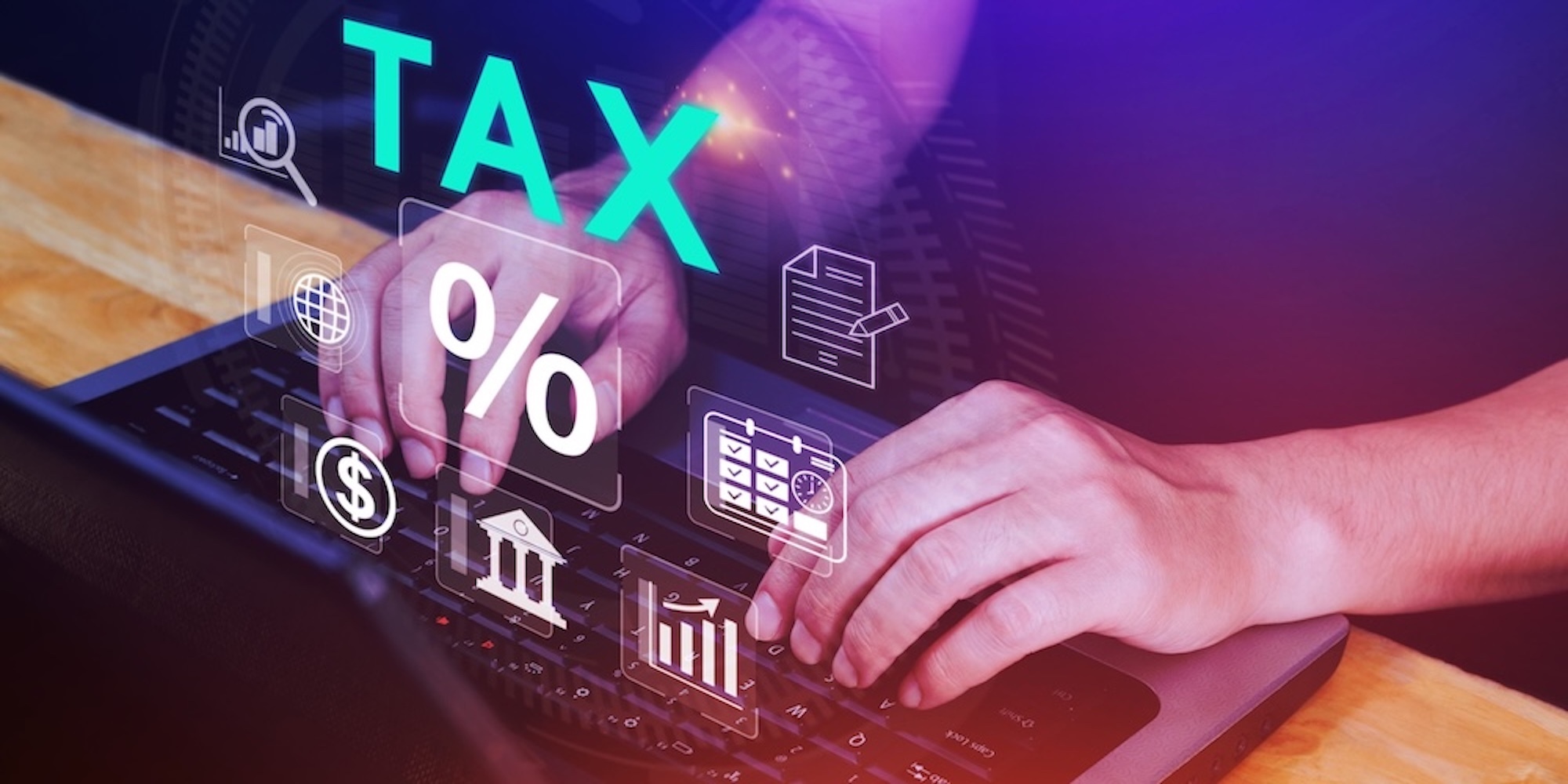Due to COVID-19 changing the way we live, working from home is suddenly the new normal.
Many Taxpayers have set-up an office space in their homes and wonder what expenses they can claim and if claiming home office expenses will impact their entitlement to the main residence exemption.
Home office expenses broadly fall into the following two categories:
- Occupancy costs - relating to ownership or use of a home. These include rent, mortgage interest, rates and Taxes and insurance.
- Running costs - relating to the use of facilities within the home. These include electricity, gas, depreciation on office furniture and cleaning costs.
Deductions for home office expenses may be available under s8-1 and Division 40 of the Income Tax Assessment Act (ITAA 1997). When determining what home office expenses you are entitled to claim, it is important to draw the distinction between using your home as a place of business or working from home as a matter of convenience.
Taxpayers who use their home as a place of business are entitled to claim both occupancy and running costs to the extent they relate to their income producing activity. Whilst Taxpayers who work from home as a matter of convenience are only entitled to claim running costs.
It is important to be aware that claiming occupancy costs can affect your entitlement to the main residence exemption. Under Section 118-190 of the ITAA 1997, when the main residence disposed of was used for the purpose of gaining or producing assessable income during the period of ownership, you may only be entitled to a partial exemption from capital gains Tax. Whilst solely claiming running costs will not affect your entitlement to the main residence exemption.
Taxpayers can calculate their deduction for running costs using one of the following methods:
- Actual cost method - based on actual costs you incur as a result of working from home. There is no requirement to have a dedicated area in your house set-up as your home office to use this method, however expenses must be apportioned accordingly and you can only claim the additional running expenses.
- Fixed rate method - you are entitled to a deduction of 52 cents for each hour you work from home. You must have a dedicated area in your house set-up as your home office to use this method.
- Shortcut method - introduced in response to COVID-19 and only available from 1 March 2020 to 31 December 2020. Under this method you can claim a deduction of 80 cents for each hour you work from home. There is no requirement to have a dedicated area in your house set-up as your home office to use this method.
Whilst the shortcut method offers a higher rate of 80c/hour in comparison to 52c/hour using the fixed rate method, the shortcut method covers additional expenses that cannot be claimed as a separate Tax deduction. These include phone and internet usage, computer consumables, stationery, and depreciation on computers. Accordingly, you may be able to claim a larger deduction using the lower 52c/hour rate, which allows you to also claim the business portion of these additional expenses.
Regardless of the method you are using it is important to keep records of the expenses incurred and hours worked from home.







